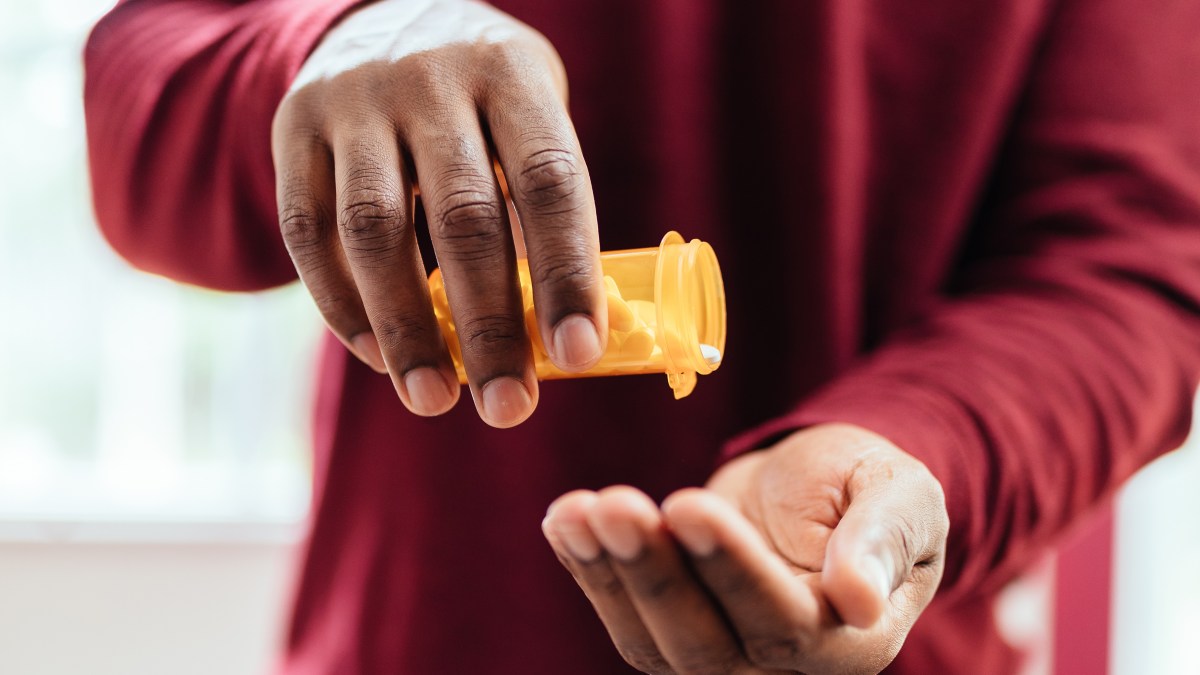If it feels like you’ve been reading and hearing the word “fentanyl” everywhere, you aren’t mistaken. A substantial increase in synthetic opioid-involved deaths over the last few years has resulted in plenty of news coverage and a special focus on fentanyl, which accounts for more than two-thirds of all overdose deaths in 2022, according to the Centers for Disease Control and Prevention.
Fentanyl is a synthetic opioid ostensibly for treating severe pain; however, illicitly manufactured fentanyl has proliferated throughout illegal drug markets as a way to cut corners and make drugs cheaper and more addictive, and consequently, far more dangerous. Now a full-fledged epidemic, accidental fentanyl overdose deaths in Los Angeles increased 1,280% from 109 in 2016 to 1,504 in 2021, according to the LA County Public Health office. In fact, the rate of death due to opioids in Orange County nearly tripled between 2017 and 2021, a staggering figure that’s hard to ignore. Read on to learn the signs and symptoms of opioid addiction so you can feel confident taking action on behalf of a loved one.

Changes in behavior and mood
Individuals with an opioid addiction may display noticeable changes in their behavior and mood. These can include sudden mood swings, irritability, aggression, or increased secrecy about their activities. They may also exhibit a loss of interest in hobbies, work, or social interactions.

Physical signs of drug use
There are several physical signs that may indicate opioid addiction. These can include pinpoint pupils (extremely small pupils), drowsiness or nodding off at inappropriate times, slurred speech, impaired coordination, and noticeable weight loss or weight gain. They may also have track marks or scars from injecting opioids.

Increased tolerance and withdrawal symptoms
As an individual's opioid addiction progresses, they may develop a tolerance to the drug. This means they need higher doses to achieve the same effects. When they try to reduce or stop opioid use, they may experience withdrawal symptoms such as restlessness, anxiety, insomnia, muscle aches, sweating, nausea, vomiting, and diarrhea.

Drug-seeking behavior
Opioid addiction can lead to desperate efforts to obtain the drug. This may involve "doctor shopping," where an individual visits multiple doctors to get multiple prescriptions or engages in illegal activities to acquire opioids. They may also steal prescription pads or medications from others or buy opioids from illicit sources. As a result, programs like Safe Drug Drop Off from the LA County Sheriff’s Department work closely with both local communities and medical specialists to address the importance of safely using, storing, and disposing of prescription medications.

Neglecting responsibilities and social withdrawal
Those struggling with opioid addiction often prioritize drug use over their responsibilities and relationships. They may neglect work, school, or family obligations and experience financial difficulties due to spending a significant amount of money on drugs. Social withdrawal and isolation are also common, as they may avoid social activities and isolate themselves from friends and loved ones.
It's important to note that the presence of these signs does not guarantee an opioid addiction. However, if you or someone you know exhibits multiple signs, it is advisable to seek professional help for proper assessment and support. Local facilities like the Laguna Treatment Center offers high-quality comprehensive addiction treatment with industry-accredited care.


